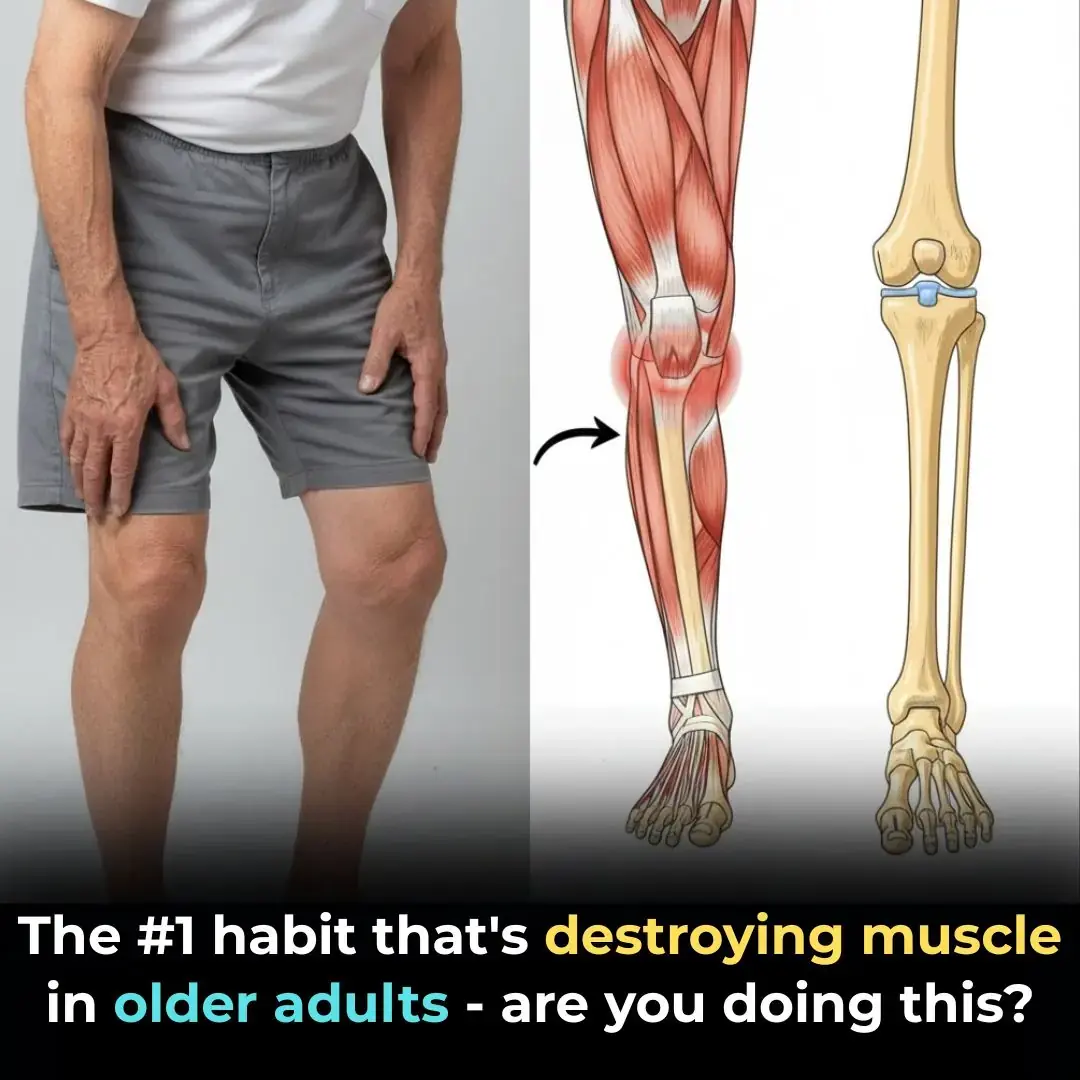
Knowing These 12 Symptoms of a Stroke Can Save Your Life
Would you know the symptoms of a stroke if it were to strike? Stroke is the second leading cause of disability in the world. Worldwide, fifteen million people suffer strokes each year and a third of them die as a result. Another third becomes permanently disabled. Stroke is the fifth leading cause of death in the United States.
The incidence of stroke is decreasing in the industrial world but increasing in the developing world. Frighteningly, it’s estimated that stroke mortality will triple in the next twenty years in Latin America, sub-Saharan Africa, and the Middle East. (1) Stroke can strike anyone at any age, although it is much more common in people over the age of 60.
What is a Stroke?

Simply put, a stroke occurs when the blood supply to the brain is cut off. Deprived of oxygen, brain cells quickly die. Someone who suffers a stroke may lose memories or abilities that are in the affected parts of the brain.
There are two types of stroke (2):
Hemorrhagic – occurs when a blood vessel leaks or a brain aneurysm (enlarged artery) bursts and blood flows into or around the brain, causing pressure.
- Intracerebral hemorrhage is when the damaged vessel leaks blood directly into brain tissue, killing brain cells. In some cases, the hemorrhage occurs due to a genetic malformation of arteries and veins in the central nervous system (AVM, arteriovenous malformation). If this condition is appropriately diagnosed, it can be treated to prevent stroke.
- Subarachnoid hemorrhage occurs when there is bleeding in the space between the brain and the surrounding tissues. This is usually caused by a burst aneurysm but can occur as the result of head injury or the use of blood-thinning medication.
Ischemic – caused by a blockage or blood clot in a blood vessel, cutting off blood supply to the brain. This is the most common type of stroke.
- A blood clot can form and arterial plaque can break off anywhere in the circulatory system. If such a mass moves up to the brain and reaches a blood vessel too small for it to pass through, it can get stuck there. This is called an embolic stroke.
- A thrombotic stroke refers to the situation in which a blood clot forms inside one of the arteries that bring blood to the brain, causing a blockage.
- A transient ischemic attack (TIA) is commonly called a “mini-stroke”. It is a temporary blockage of blood to the brain and causes no long-term damage. Symptoms of a stroke may manifest themselves but will pass within a few minutes. It is critically important to see a healthcare provider if you think you may have experienced a TIA—it’s often a precursor to a full-blown ischemic stroke. (3)
What Contributes to Risk of Stroke?
Stroke can occur without warning in anyone, including children. The following are the primary risk factors for stroke. (4)
- Alcohol and other substance abuse, e.g., cocaine, methamphetamine
- Atherosclerosis or other cardiovascular diseases.
- Chronically high cholesterol
- Diabetes
- Genetics/heredity
- Hypertension
- Long-term use of some medications, including non-steroidal anti-inflammatory drugs (NSAID), including ibuprofen and naproxen
- Obesity
- Poor diet
- Sedentary lifestyle
- Sickle cell disease
- Smoking cigarettes
- Stress and depression
- Age and sex – the risk of stroke increases with age. In people under the age of 60, men are more likely than women to suffer stroke but women are more likely to die as a result
- Race/ethnicity – in North America, African- and Native Americans are more likely to have strokes than other ethnic groups
12 Symptoms of a Stroke
Stroke symptoms depend on the part of the brain affected by the shutdown of blood supply. Knowing the signs of a stroke can mean the difference between getting medical attention quick enough to prevent severe damage and a life of disability.
1. Pain on One Side of the Face

Sudden and inexplicable pain on one side of the face, arm, leg, or chest isn’t typical but it’s not uncommon. Women are more likely to experience atypical stroke symptoms, so better to be safe than sorry. (5)
2. Blurry Vision

Sudden difficulty in seeing clearly, such as blurred or double vision, inability to focus your eye(s), or other changes in sight (in one or both eyes) can signal a stroke.
3. Difficulty Breathing or Swallowing

Women can experience different symptoms of a stroke than men. Having difficulty breathing or swallowing are two of these. These other signs of stroke are more common in women: fainting, irritation, hallucination, nausea or vomiting, sudden pain, seizures, hiccups. (6)
4. Tremors

Delayed onset hand tremors are a relatively uncommon but confirmed symptom of cerebral infarction—obstruction of blood supply to the brain. (7)
5. Loss of Balance

Sudden dizziness, lack of coordination, or loss of balance are common stroke symptoms and should be taken seriously. (8)
6. Difficult to Walk

Sudden numbness or tingling anywhere in the body (“pins and needles”) or instability and trouble with normal walking can be signs of a stroke. (9)
7. Facial Paralysis

This is probably the best-known symptom of stroke. Sudden numbness/weakness/paralysis of one side of the face, arm, or leg can tell you a stroke is in progress.
“Try to raise both your arms over your head at the same time. If one arm begins to fall, you may be having a stroke. Similarly, one side of your mouth may droop when you try to smile,” warns the Mayo Clinic. (10)
8. Headache

A normal headache feels like a dull squeeze of the head and occurs with no other symptoms of a stroke. A migraine is a sharp, painful throbbing that is usually preceded by other symptoms. A sudden, sharp, monstrous pain in the head—especially in younger people—can be a sign of stroke. Women are more likely to experience a stroke headache than men, especially those who regularly get migraines. (11)
9. Confusion

If you’re in the middle of doing something and become suddenly confused, disoriented, or unable to understand and think straight, it could be a sign of stroke. (12)
10. Vertigo

Dizziness or imbalance alone isn’t necessarily a sign of a stroke; dizziness and imbalance accompanied by vertigo often are symptoms of a brainstem stroke. Vertigo is the sensation of swaying or spinning without moving or that objects in the environment are moving when they’re not. Vertigo alone is often a simple matter of an imbalance in the inner ear and can be cured with the Epley Maneuver or another physical adjustment. It’s the triumvirate that is of concern for stroke.
When it comes to brain stem stroke, the prognosis is very good:
“Dramatic recovery from a brain stem stroke is possible. Because brain stem strokes do not usually affect language ability, the patient is able to participate more fully in rehabilitation therapy. Most deficits are motor-related, not cognitive. Double vision and vertigo commonly resolve after several weeks of recovery in mild to moderate brain stem strokes,” writes the American Stroke Association. (13)
11. Trouble Speaking

The area of the brain that is most responsible for speech is often affected by stroke. Inability to speak, slurred speech, or being unable to understand speech are common when suffering a stroke. (14)
12. Fatigue

Women are more likely than men to feel sudden extreme fatigue, weakness, confusion, and changes in mental state during a stroke. (15)
Preventing Stroke
Up to 80 percent of strokes can be prevented. (16)
To drastically reduce your risk of stroke, consider these lifestyle choices (17):
- Keep blood pressure manageable. Maintain blood pressure less than 120/80.
- Maintain a healthy weight. A Body Mass Index of 25 or less is desirable. The National Institutes of Health provide an online calculator for your BMI: click here to access.
- Exercise regularly, at a minimum of 30 minutes of moderate intensity at least 5 days a week.
- Limit alcohol to no more than one glass per day.
- Moderate blood sugar levels. If you have diabetes, stay on top of it. The risk of stroke is significantly higher for individuals with diabetes.
- Stop smoking cigarettes.
FAST for Stroke
Getting immediate medical attention (within an hour) when experiencing the symptoms of a stroke mentioned above is imperative to limit or prevent permanent damage or death. There are medications that quickly dissolve blood clots to remove the obstruction and get the blood flowing again to the brain. Receiving treatment within 3 hours of experiencing symptoms correlates to a 30 percent greater chance of escaping major harm. (18)
In medical circles, the mnemonic acronym “FAST” has been used to spread the warning signs and what to do if you’re with someone whom you suspect is experiencing a stroke. (19) If there is a possibility there’s a stroke in progress, call for an ambulance right away.
Here’s what you need to remember:
- F (Face): Ask the person to smile. Look for signs of drooping on one side of the face.
- A (Arms): Ask the person to raise both arms. Look for a downward drift in one arm.
- S (Speech): Ask the person to repeat a phrase without slurring. For example, you could have her say, “The early bird catches the worm.”
- T (Time): Waste no time. Immediately call your local emergency services if you or someone you know shows signs of a stroke.
News in the same category

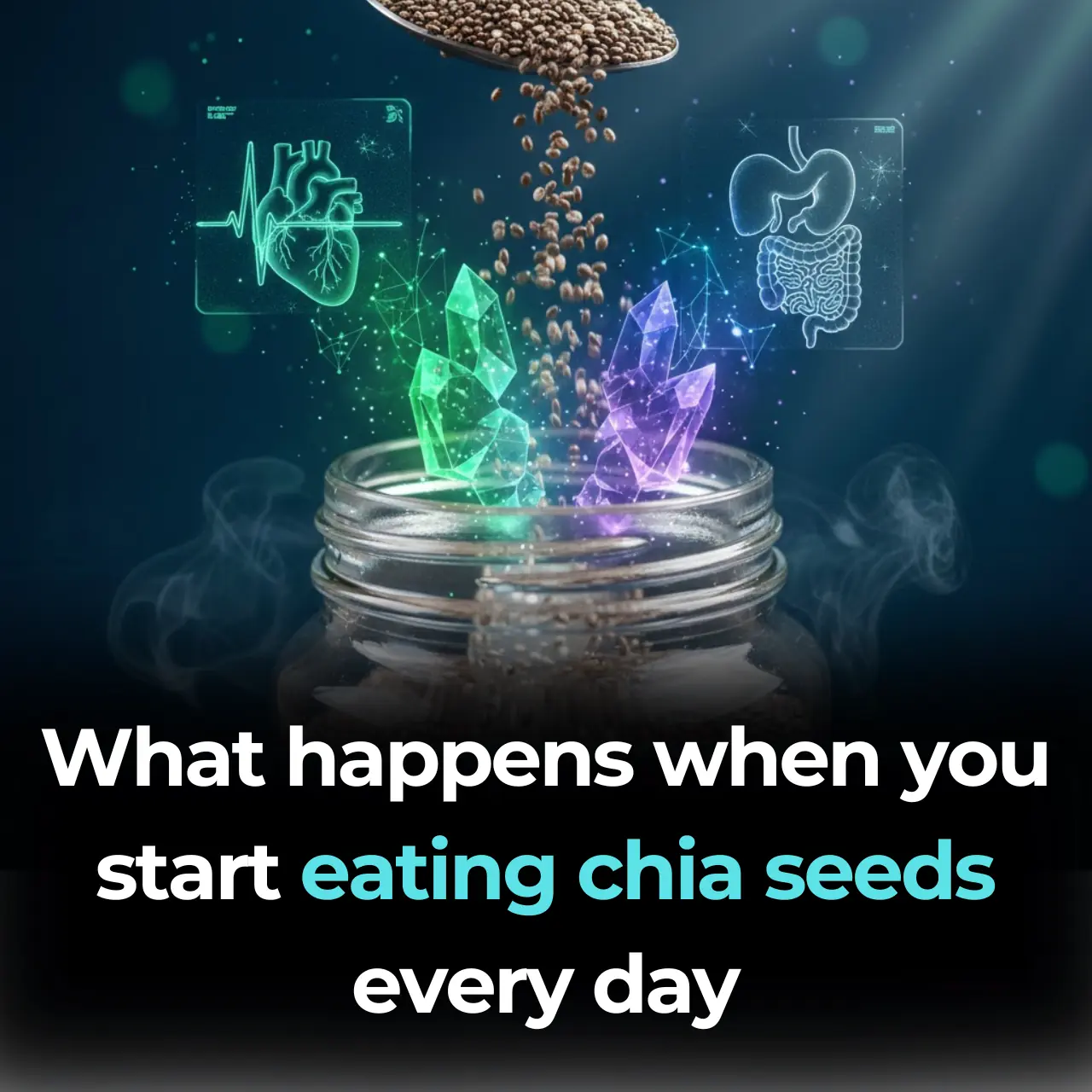
What happens when you start eating chia seeds every day

Why You Should Stop Using Petroleum Jelly On Your Skin (It’s a Byproduct of the Petroleum Manufacturing Process)

Scientifically Proven Health Benefits of Cayenne Pepper

Low levels of this key brain nutrient may be fueling your anxiety
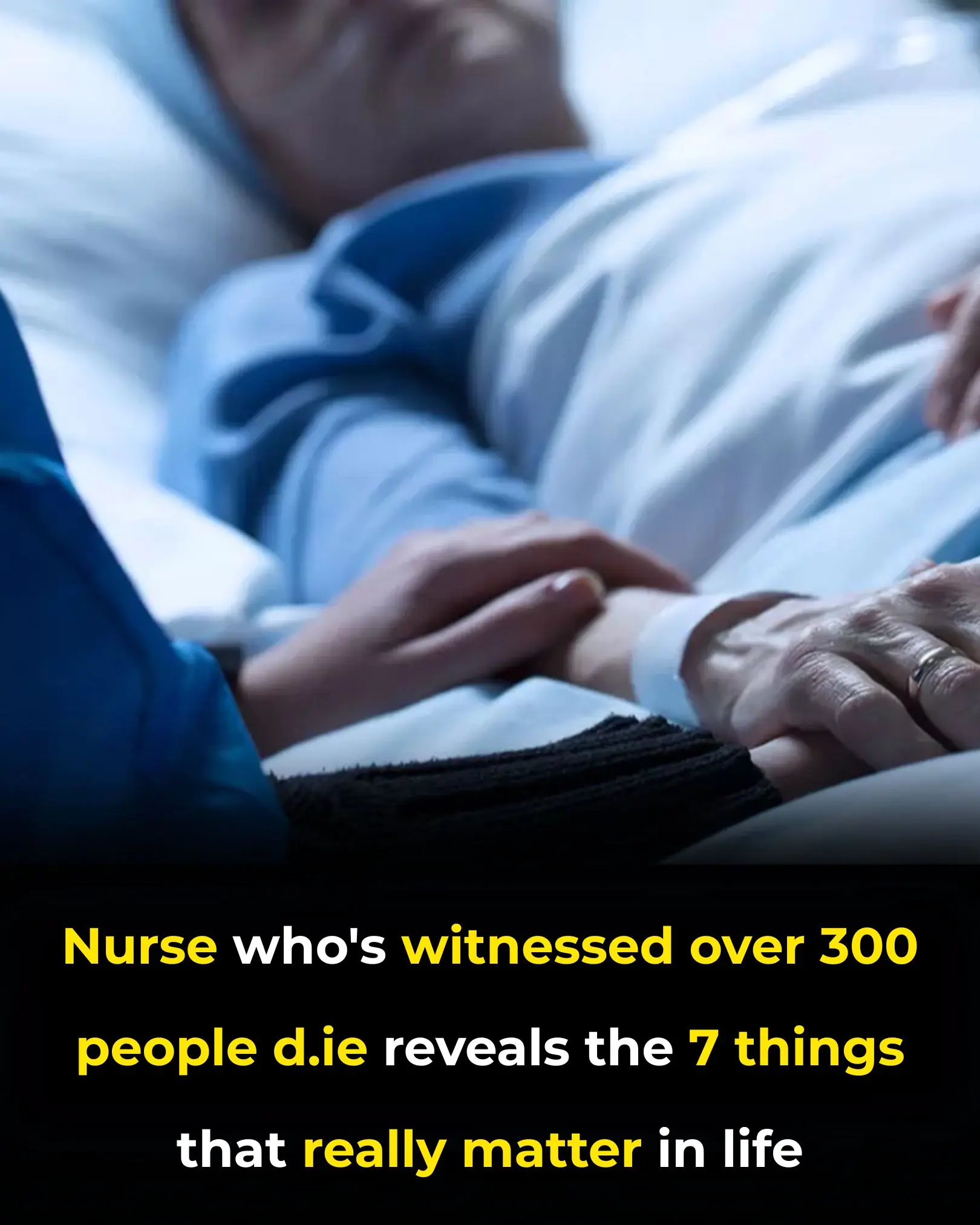
A Nurse Who Has Witnessed The Final Moments Of More Than 300 People Has Revealed What She Has Learned From Being By Their Side
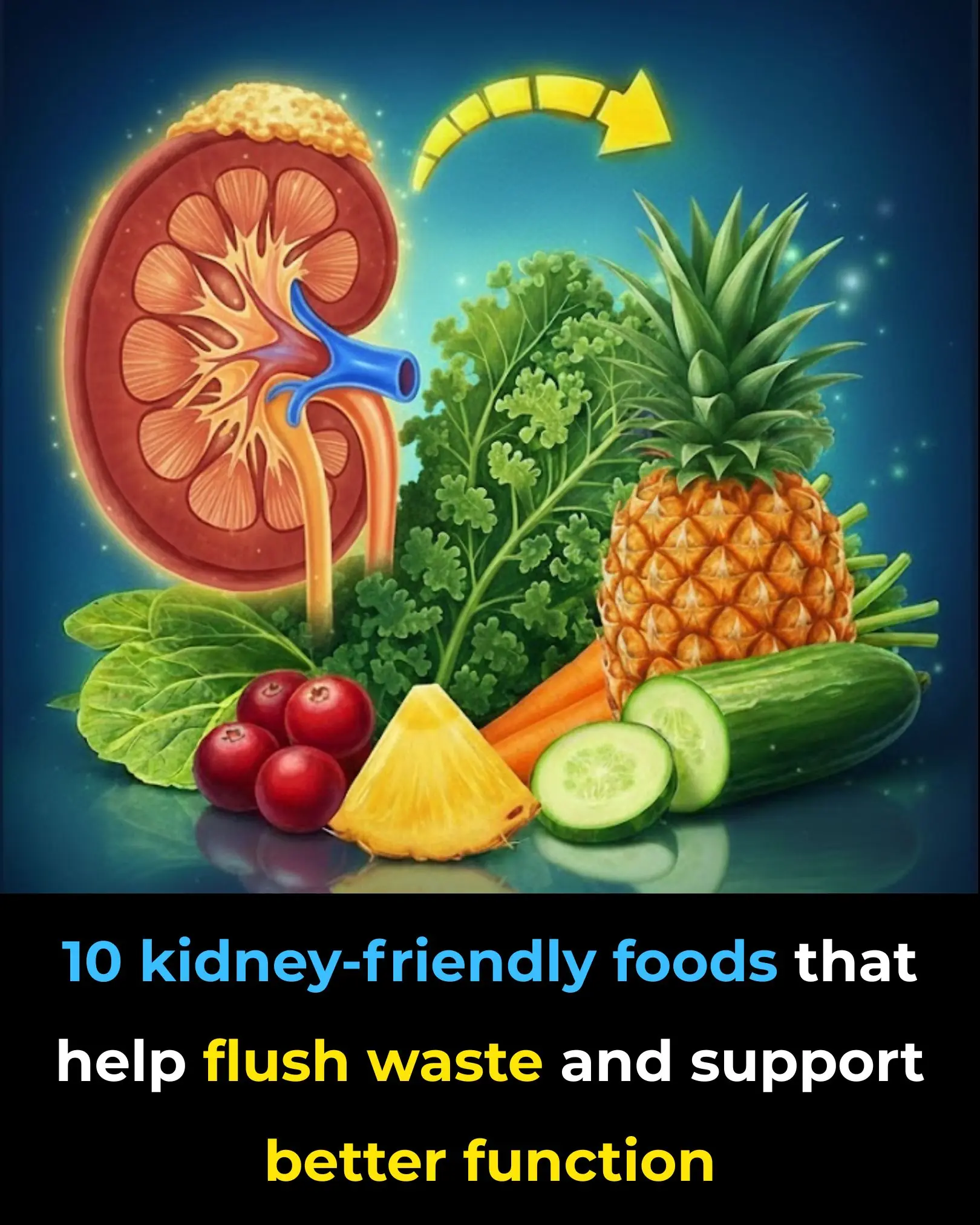
Absolutely BEST Foods to Detox Your Kidneys
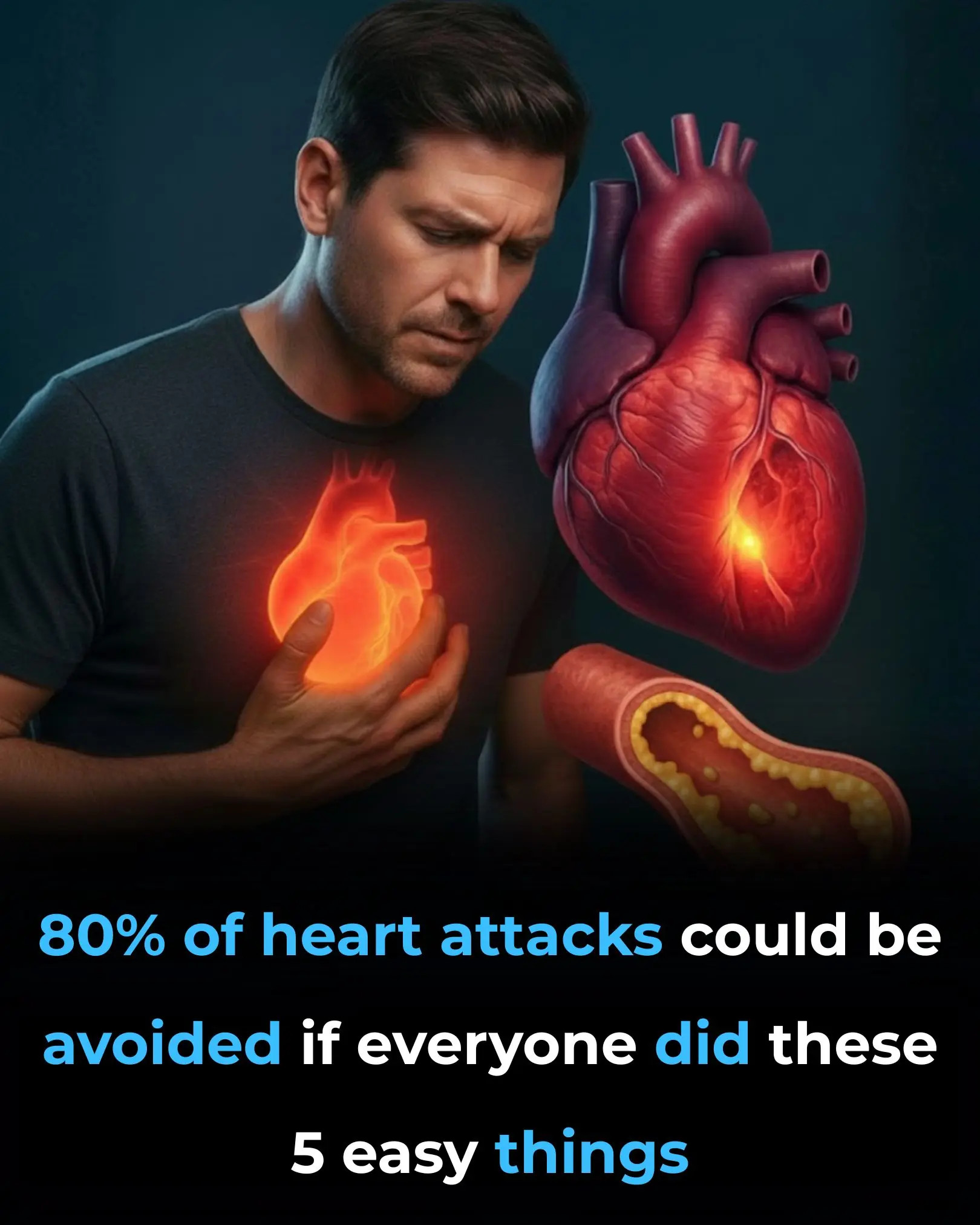
80% Of Heart Attacks Could Be Avoided If Everyone Did These 5 Easy Things
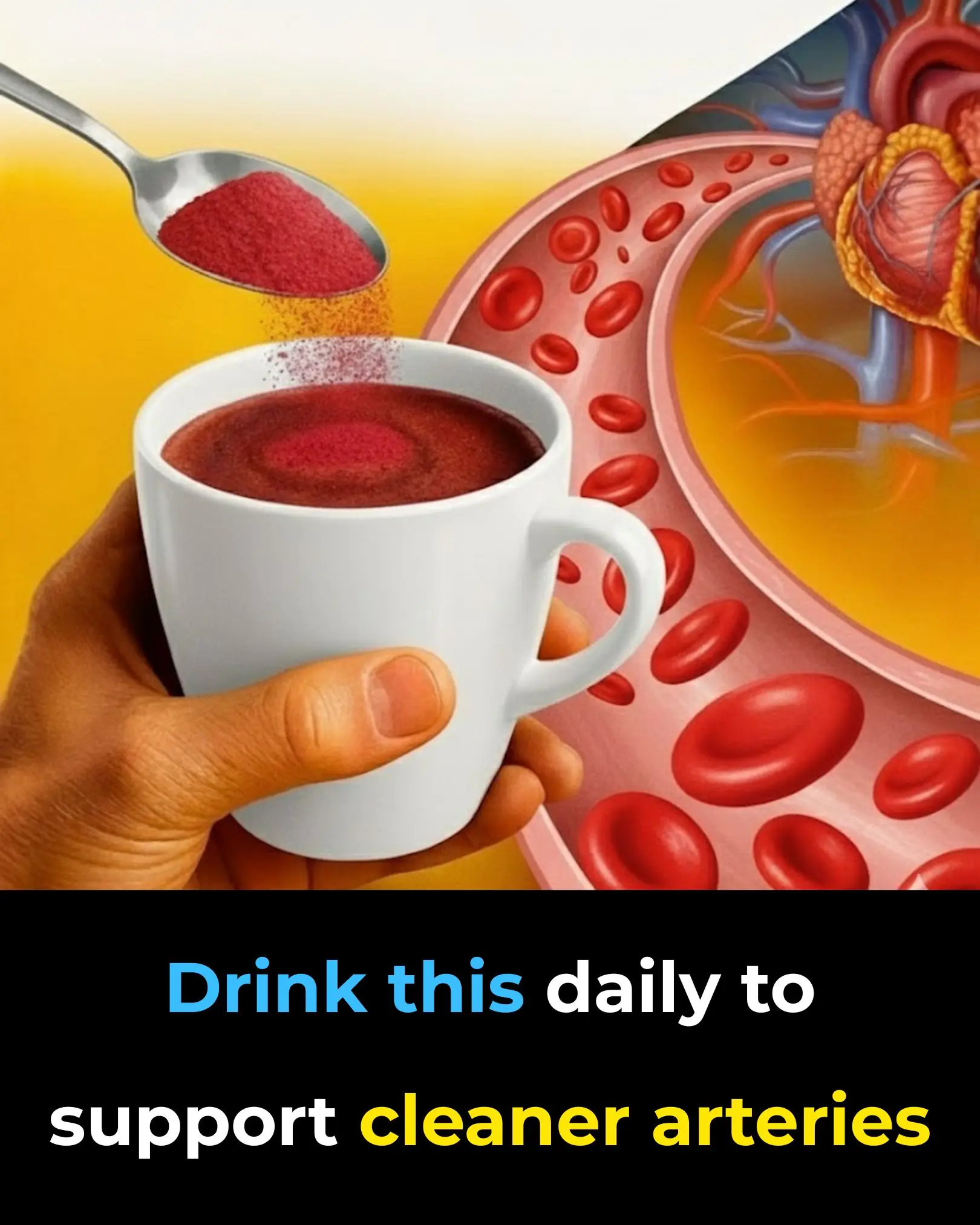
Drink this daily to support cleaner arteries
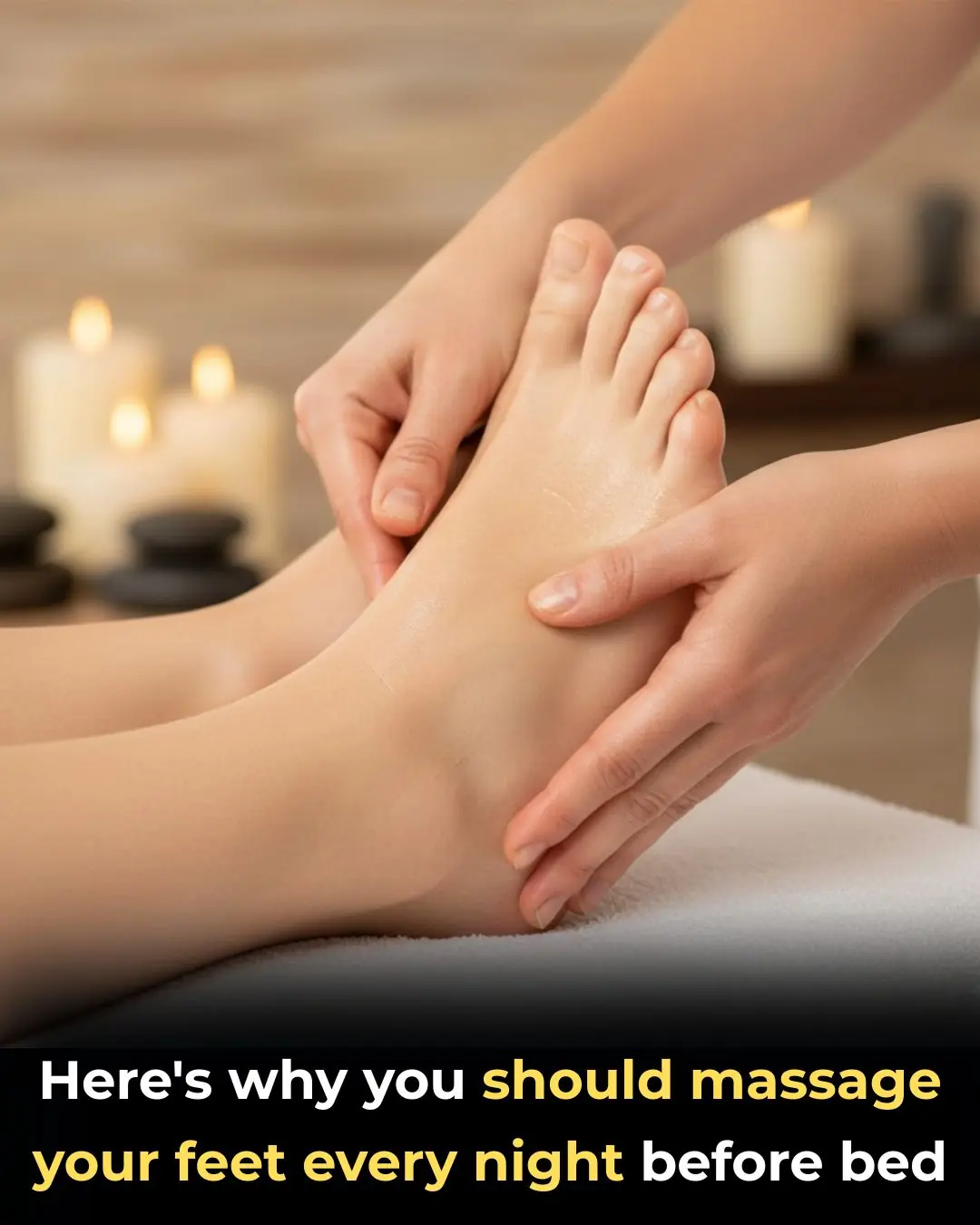
The Surprising Benefits of Foot Massages …More Than Just Relaxation
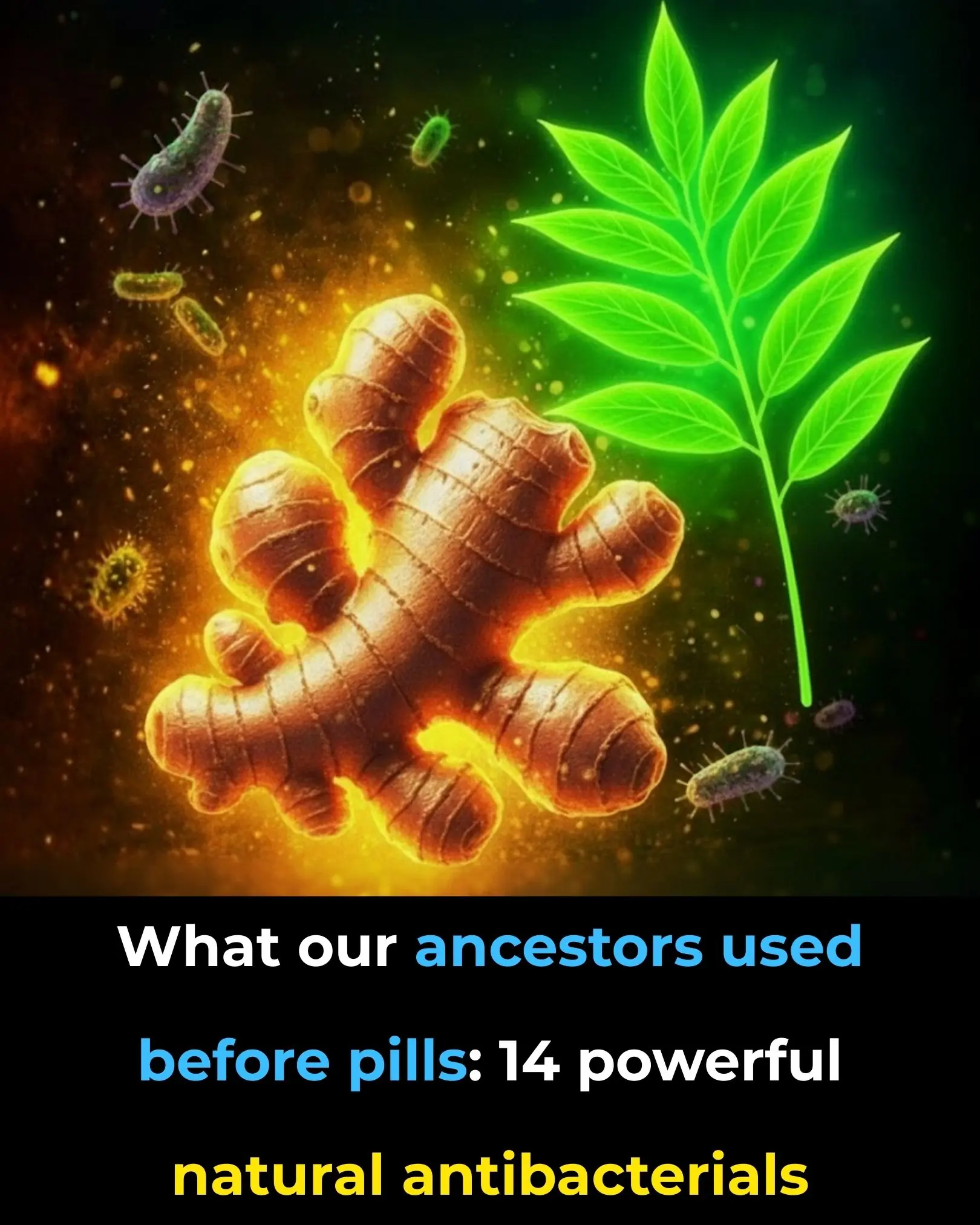
14 Best Natural Antibiotics Our Ancestors Used Instead of Pills
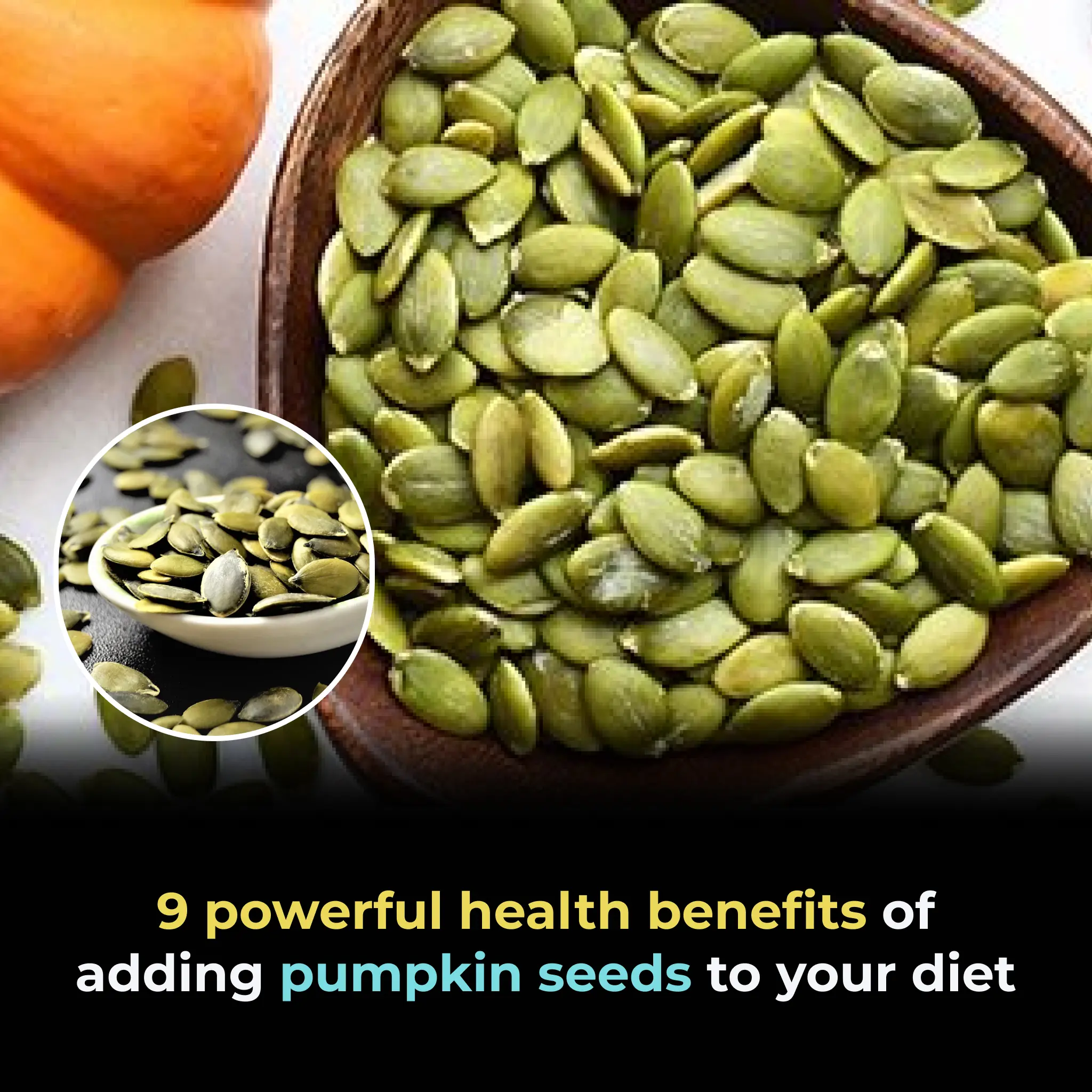
9 POWERFUL Health Benefits of Adding Pumpkin Seeds to Your Diet

6 fruits that help your body fight cancer cells naturally
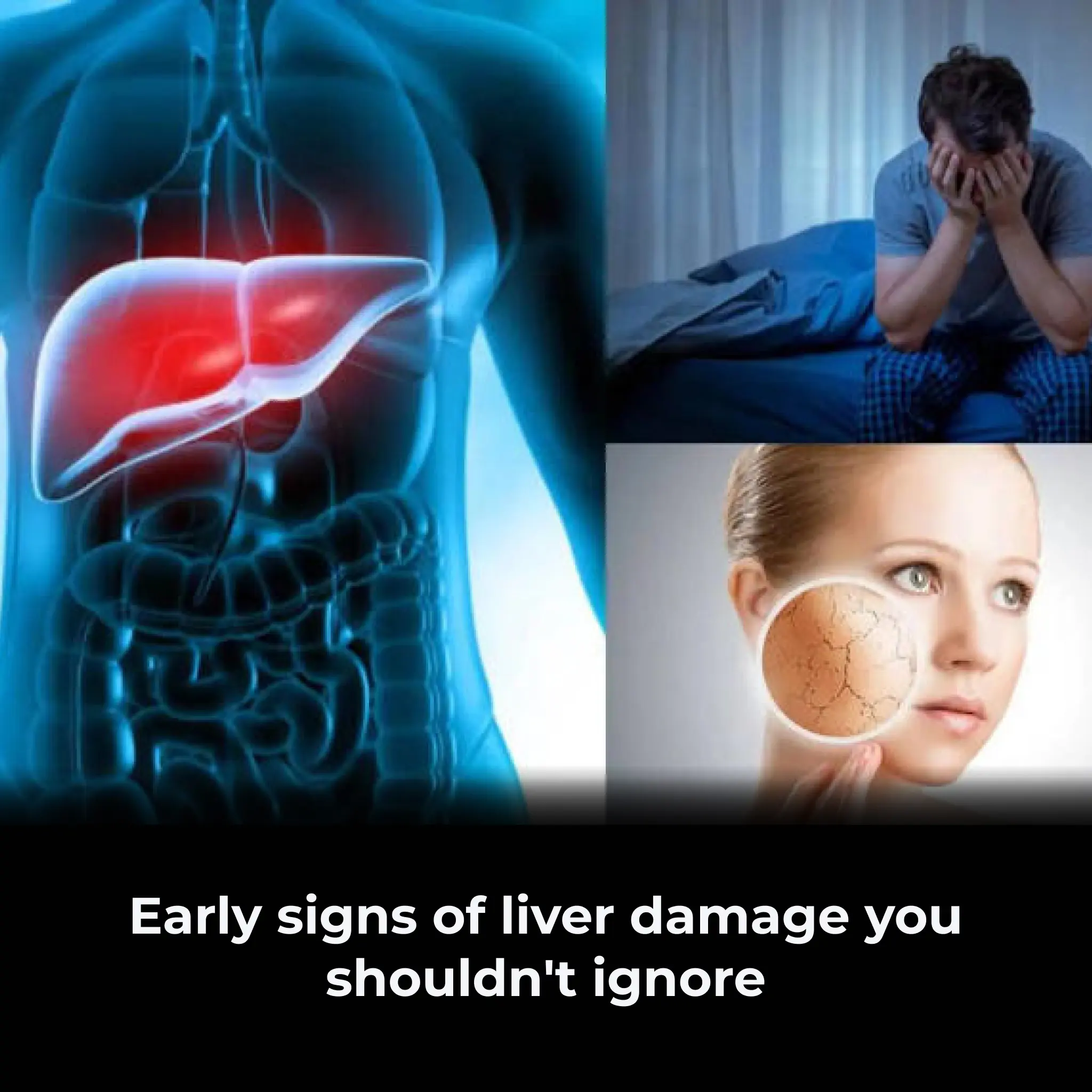
Early Signs of Liver Damage You Shouldn't Ignore
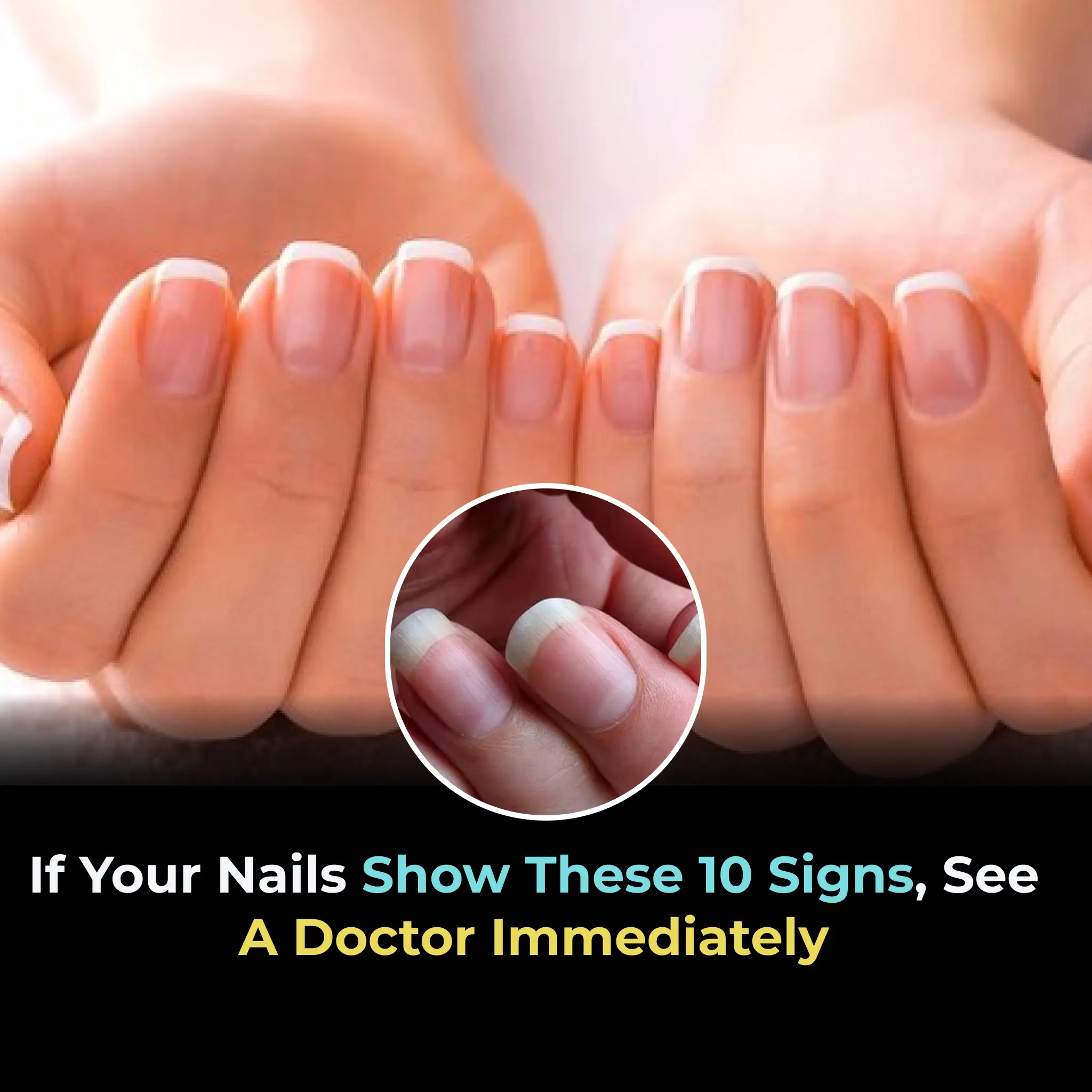
If Your Nails Show These 10 Signs, See a Doctor Immediately
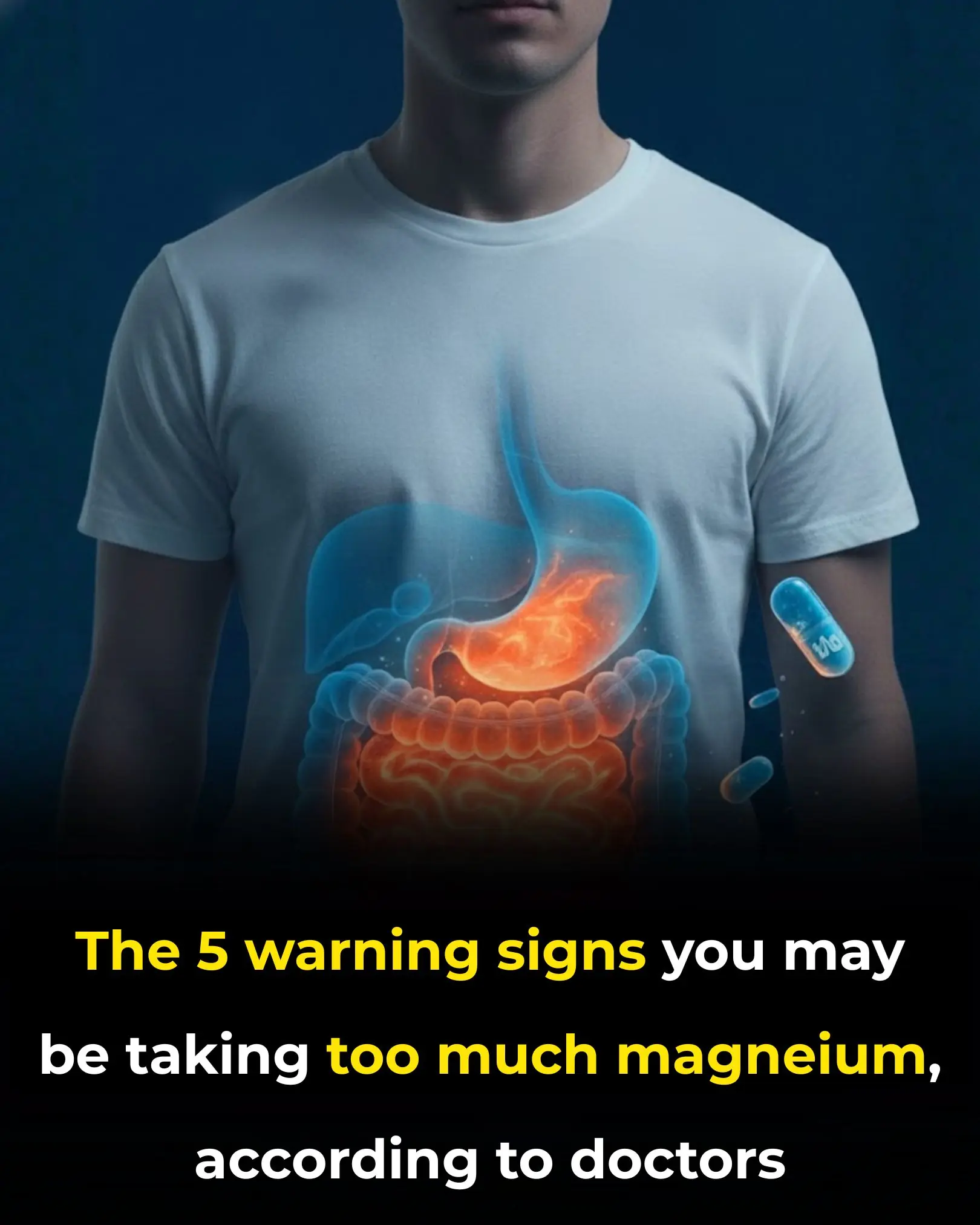
The 5 warning signs you may be taking too much magnesium, according to doctors
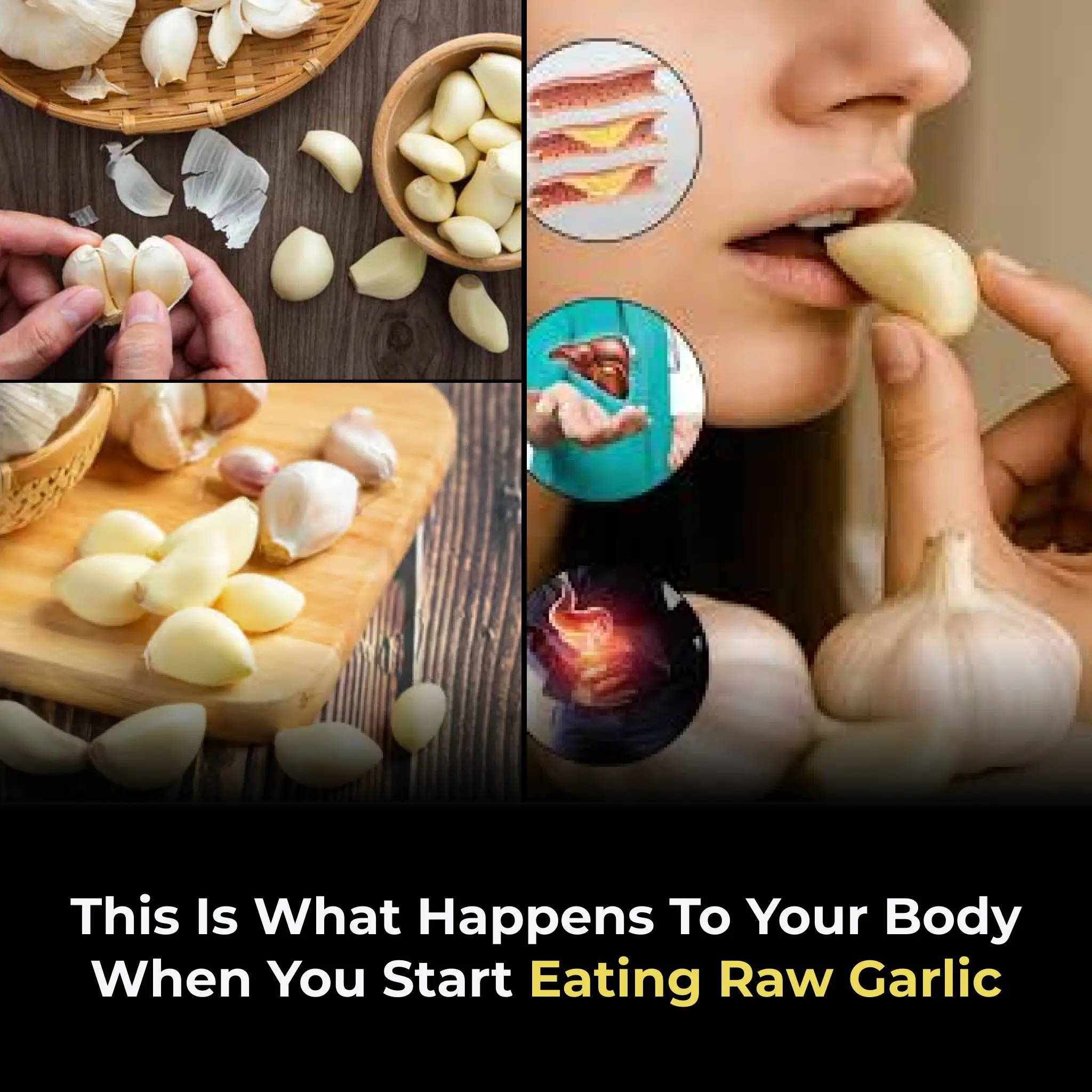
This Is What Happens to Your Body When You Start Eating Raw Garlic
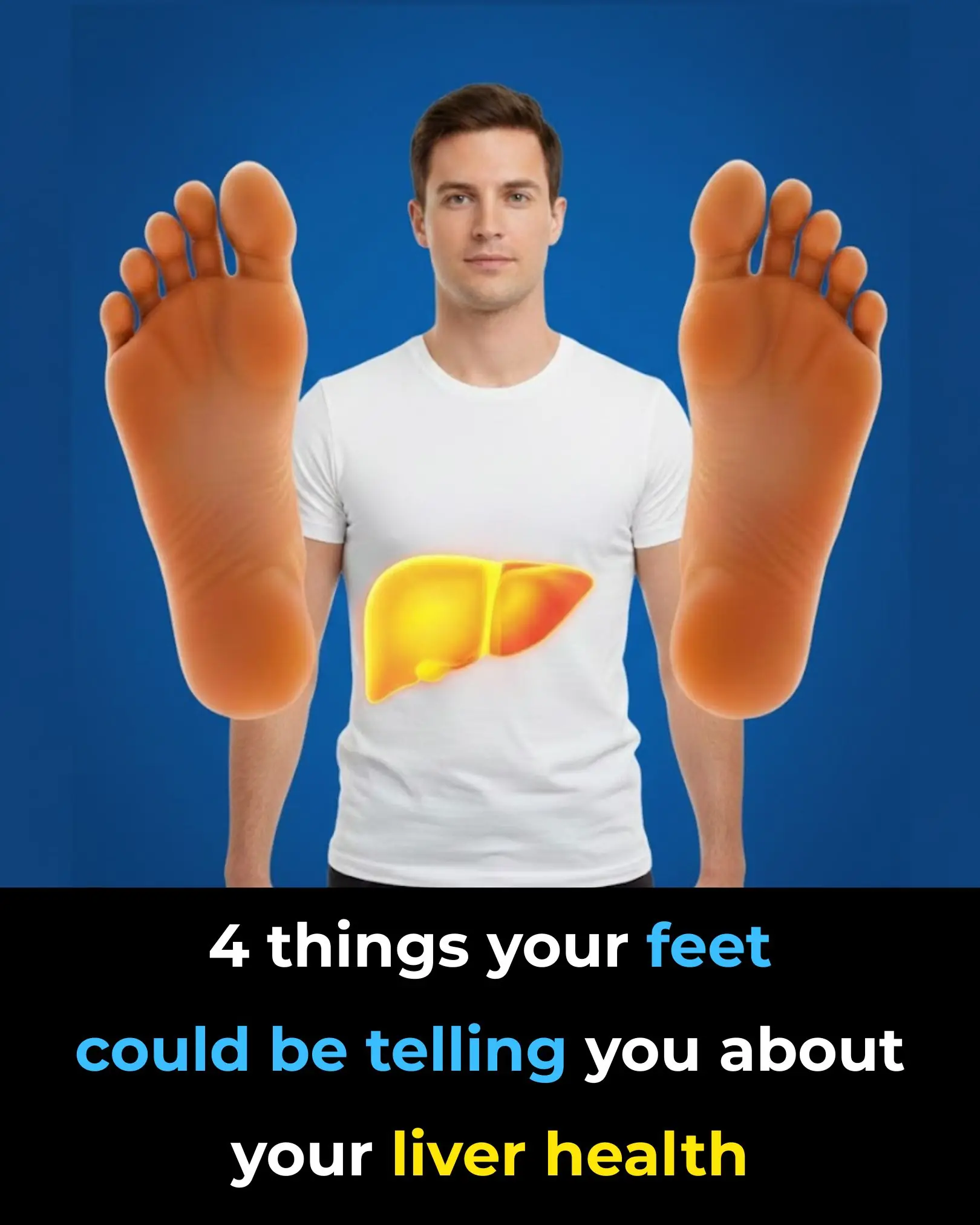
4 Things Your Feet Could Be Telling You About Your Liver Health

This Is What Happens When You Eat Sweet Potatoes Regularly
News Post

Unlock Radiant Skin: The Ultimate Guide to Using Beetroot Gel for Glowing, Spotless Skin

Fenugreek Seeds for Hair Growth: The Power of Fenugreek Hair Rinse and Its Benefits for Hair

Japanese Milk Wax To Get Rid Of Unwanted Facial Hair
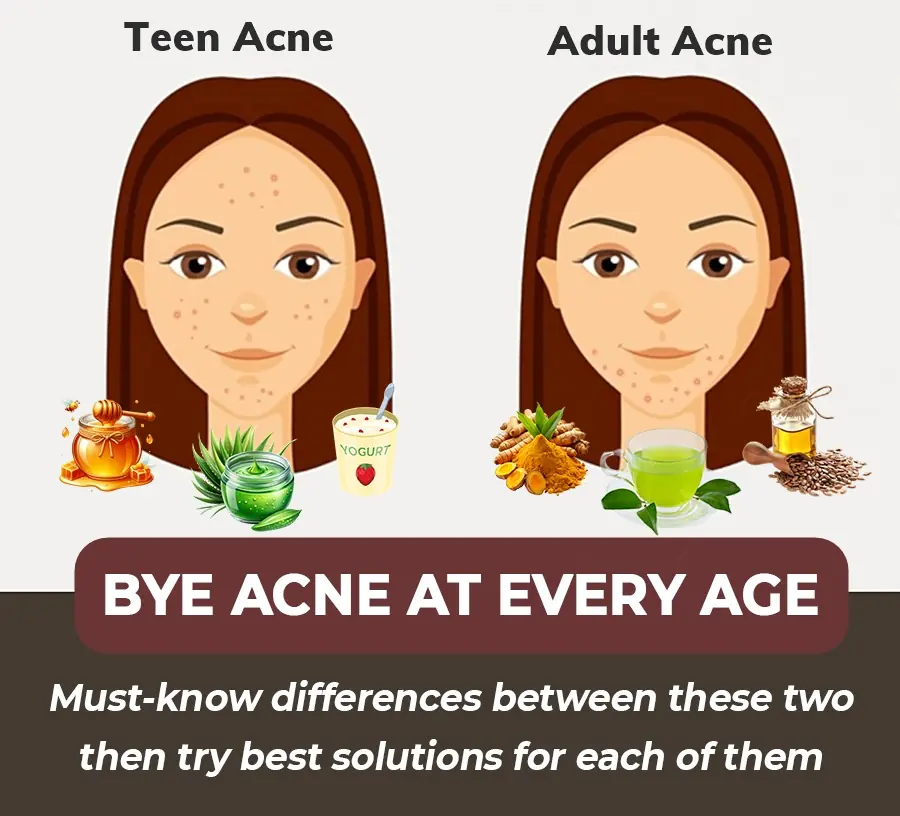
When Will I Outgrow My Acne? The Difference Between Adult and Teen Acne

5 Mascara Tips For Short Lashes

LEVEL UP YOUR LASH GAME: Top 5 Tips for Eyelash Extension Success!
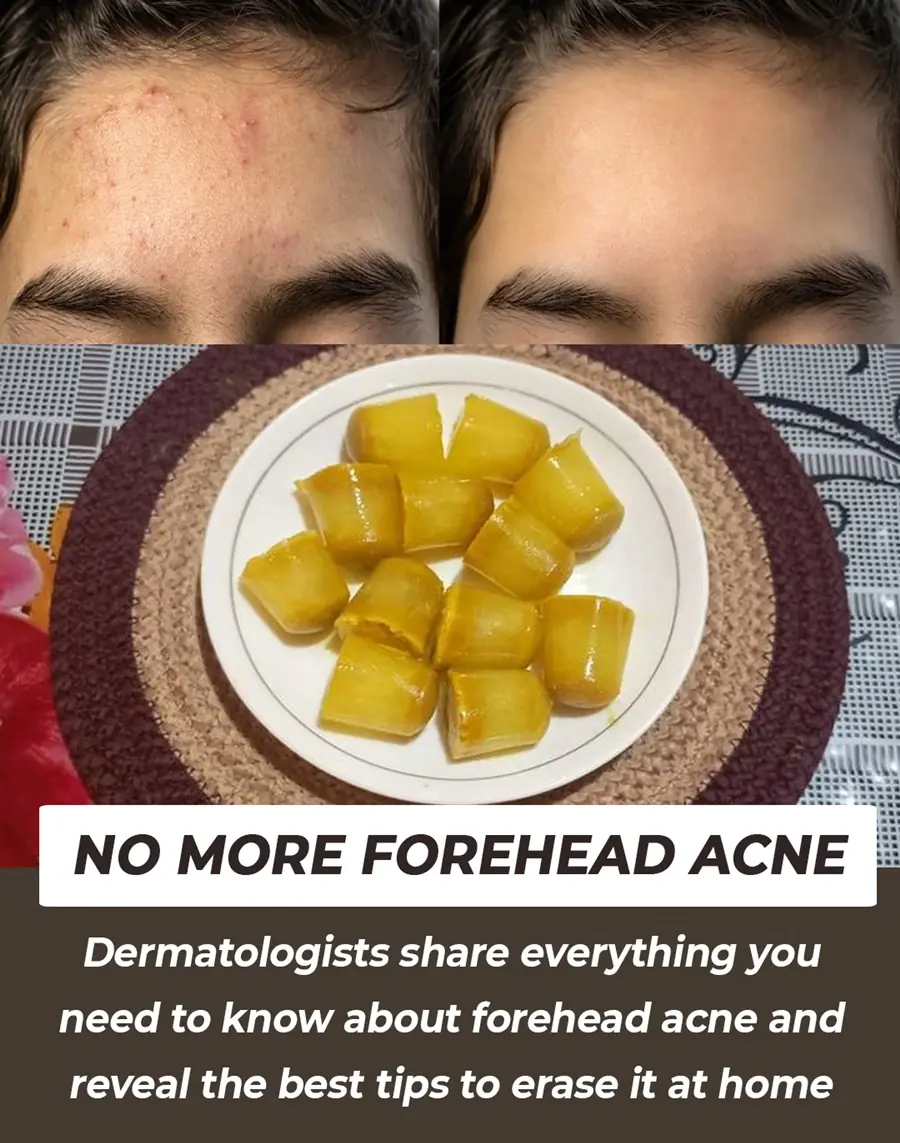
Forehead Acne and What to Do About It

11 Common Eyebrow Mistakes Women Make in Their 60s (And How to Fix Them!)

How to Prevent and Treat Age Spots: Expert Tips for Radiant Skin

5 Ways Your Skin Changes as You Age and How to Keep It Vibrant

DIY Fenugreek Oil for Hair Growth – Get Thick Hair

Brow Boosting Serum: The Natural Way to Achieve Full, Thick Eyebrows

Why You Should Be Putting Salt in Your Toilet

Why Some Children Don’t Visit Their Parents Often

DIY Vaseline Cream: The 4-Ingredient Glow Hack That Makes Your Skin Baby-Soft Overnight

DIY Fenugreek Hair Masks for Hair Growth & Reducing Hair Fall

Will Americans Receive $2,000 Stimulus Checks? What You Need to Know

Revolutionary Miniature Implant Offers New Hope for Restoring Vision in Macular Degeneration Patients

A Simple Superfood That Enhances Your Baby's Brain Development During Pregnancy
